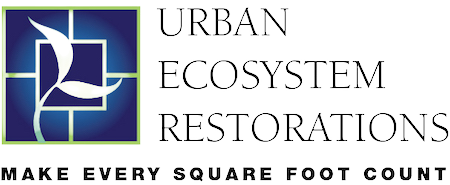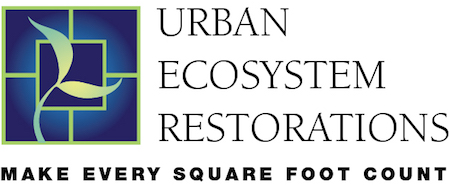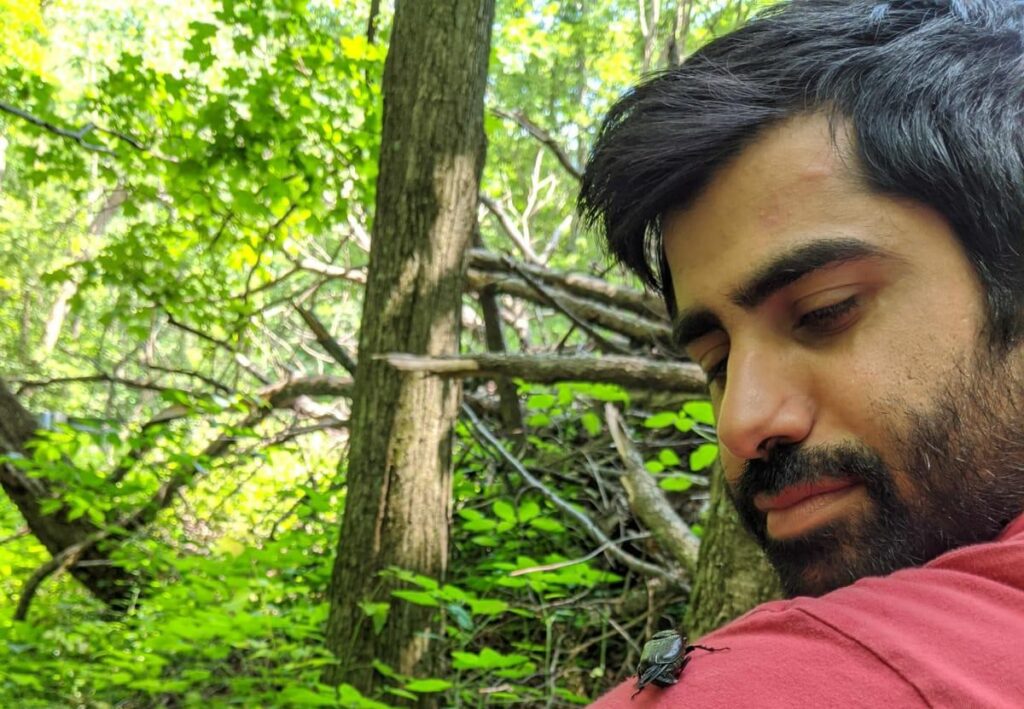
Dandelion Foodscapes, a Maryland company
Interview of Arman Milanian, by Rachel Toker for UER on January 21, 2025
Rachel: What inspired you to start Dandelion Foodscapes?
Arman: As an immigrant from a region suffering from drought, I have always been passionate about finding solutions for water resource management and climate action. My journey began in early 2016, when I discovered Robert Greenfield, an environmental activist, and his work with a permaculture and agro-ecology educational center in Guatemala. Later, I traveled to Jordan to learn about desert permaculture at the Greening the Desert Institute.Returning to the United States, I sought to deepen my understanding of regenerative agriculture and ecotourism. That’s when I discovered Forested, a 10-acre food forest in Bowie, MD, which has been my haven for the past nine years. Through my work there, I gained extensive experience in temperate climate ecosystem restoration, food forestry, and regenerative practices.Leveraging my mechanical engineering background, I founded Dandelion Foodscapes. Through this venture, I began creating stormwater management systems for residential housing in urban settings, integrating food production and ecosystem services. I envision Dandelion Foodscapes as a leader in combining ecosystem restoration with functional landscapes that are food-productive and climate-resilient.
Rachel: Where do you see alignment between your company and UER’s mission?
Arman: I believe urban ecosystem restoration is central to climate action, as the resilience of our future depends on addressing challenges in areas with the highest population densities. Urban environments in the U.S. are already grappling with issues like the heat island effect and food deserts.
At Dandelion Foodscapes, we are inspired by the concept of solarpunk—a movement envisioning lush, vibrant, community-oriented cities with renewable energy, food production, and abundant vegetation. This vision aligns with UER’s mission, as both organizations prioritize ecosystem restoration in urban areas. Dandelion Foodscapes incorporates food production into ecosystem restoration as yet another element important to resilience..
Rachel: What geographic area do you serve? What kinds of clients do you serve?
Arman: Our service area currently includes the portions of Montgomery County and Prince George’s County within the 495 corridor, and the greater DC area.We have worked with a variety of clients, including families with young children who want functional landscapes that educate and nourish their children, as well as individuals seeking solutions for stormwater management integrated with ecosystem revitalization. Other clients include environmentally conscious citizens interested in native edible landscapes and landlords looking to create edible landscapes for their tenants.
Rachel: Can you share some notable successes or challenges faced in your projects? Are there some projects that stand out to you, and why?
Arman: One of the most rewarding aspects of our work has been witnessing the tangible benefits of our projects. For example, clients have seen significant erosion control achieved through simple earthworks and strategic planting. It’s also heartwarming to see children’s excitement when they pick fruit from their own backyard.
Our success stems from excellent communication with clients, enabling us to create landscapes that serve both the client’s needs and the broader ecosystem. Challenges include a shortage of skilled labor knowledgeable about regenerative agricultural practices, limited availability of suitable plants and materials at local nurseries due to high demand, and navigating regulations from HOAs, which sometimes require us to modify our designs to meet their guidelines.
Featured Project: Rutgers Street
At Dandelion Foodscapes, we believe that food forests are an essential part of the urban fabric. Our first project in Hyattsville was a 1/8-acre urban farm featuring a food forest and stormwater management design. The property includes a diverse canopy layer of Pomegranates, Figs, Apples, Persimmons, Pawpaws, Witch Hazel, European Hazels, Mulberries, and Jujubes, all contributing to food production. Additionally, we have incorporated Black Locust as a “chop and drop” species, regularly pollarding them to serve as a living mulch canopy layer. The farm’s understory consists of fruiting shrubs such as Blueberries, Gooseberries, and Currants, along with herbs like Rosemary, Thyme, and Oregano. We’ve also introduced perennial leafy greens, including Egyptian Walking Onions, Sea Kale, Stinging Nettle, and Sochan. A key feature of the farm is its small-scale swales, which capture rainwater, allowing water to percolate into the soil. This helps retain moisture on the property longer, creating resilience against drought while effectively managing stormwater. This project is an ongoing endeavor, serving as our primary research farm. Through partnerships with the Chesapeake Bay Trust and the Alliance for the Chesapeake Bay, we are demonstrating the potential of small-scale, functional landscapes that integrate food production with ecological restoration.
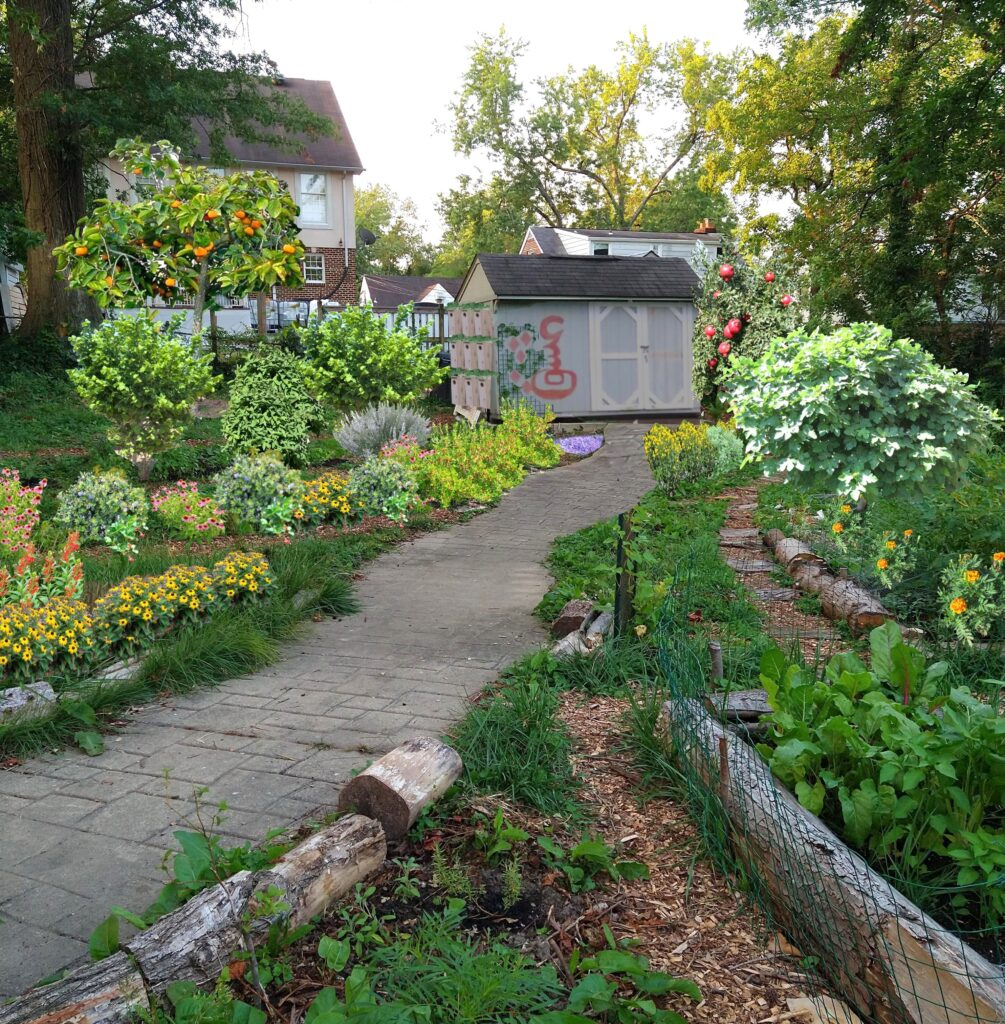
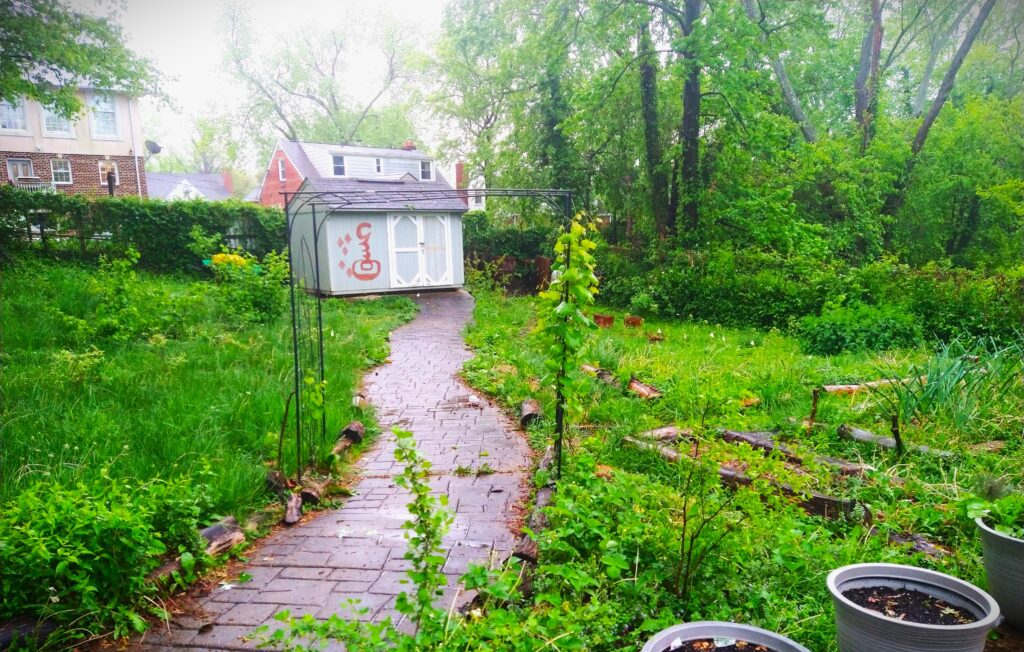
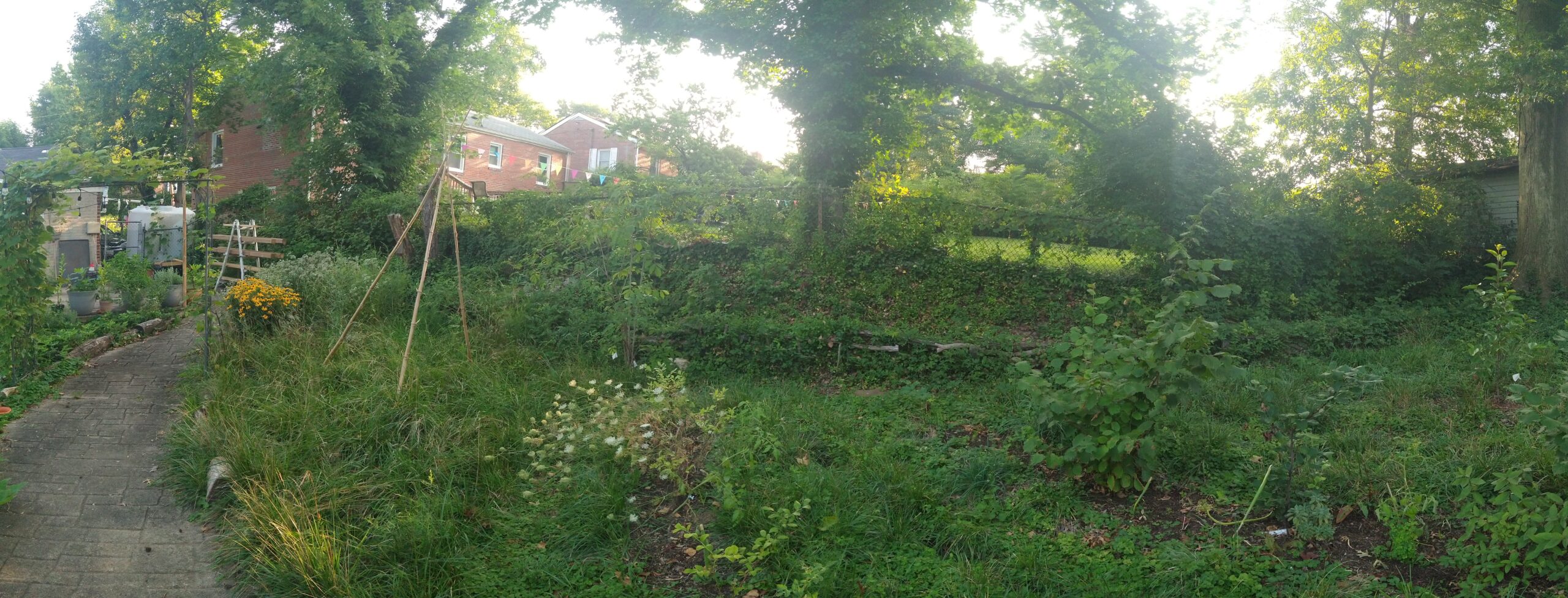
Rachel: What is the cost range of your projects?
Arman: We charge a flat fee of $150 for consultations, which helps initiate the ideation process and ensures we’re a good fit for the client’s needs. Our designs typically cost on average around $700 for an urban lot with ⅛ of an acre and includes landscape design, topographic analysis, and photoshopped visualizations. Installation costs vary significantly based on the project’s size and complexity, with an average starting price of $4,000. We also offer staged pricing, allowing clients to transform their landscapes in phases, which can ease the financial burden.
Rachel: How do you ensure the long-term sustainability of your projects?
Arman: We advocate for at least two to three years of contract maintenance care after installation to ensure the long-term success of these systems. Starting this year, we plan to incorporate one year of maintenance as part of our installation packages. These landscapes require consistent care—such as pruning, mulching, and harvesting—for at least four years until the soil, roots, and plants are fully established.
To support clients, we provide educational documents detailing maintenance practices. Additionally, our projects avoid harmful pesticides, herbicides, and chemical additives. To address sustainability challenges like emissions from shipping and packaging, we prioritize sourcing materials locally and partnering with like-minded suppliers.
Rachel: What do you see as your company’s forte? (and do you do some or all of: design, installation, and long-term maintenance)
Arman: At our core, we are a design and installation company, but we are expanding into long-term maintenance, which we call stewardship. Our mission extends beyond landscaping—we aim to educate the public and shift perceptions about nature. Our name, Dandelion, reflects this philosophy. While often seen as a nuisance, dandelions indicate soil compaction and nutrient deficiencies. By redefining how we interact with nature, we can promote climate resilience and foster ecosystems that are both functional and restorative.
Rachel: What has surprised you (or what lessons have you learned) as you have engaged in these kinds of projects?Arman: I’ve been pleasantly surprised by the growing awareness of food security and the desire for local food production. Each project deepens my connection to the land, almost as if the land itself communicates its needs. One key observation that encourages me is that I see that people are increasingly open to rethinking traditional landscaping in favor of sustainable, food-producing systems. It’s a hopeful sign for the future of urban ecosystems.
